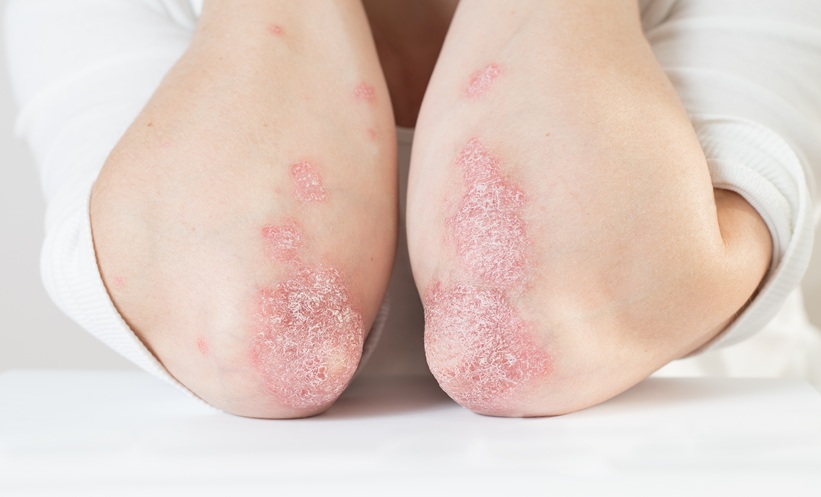Abstract
The acidic skin surface pH (pHSS) plays a crucial role in the maintenance of a vital stratum corneum (SC) and an intact epidermal barrier. However, ageing affects the pH of the skin, both pHSS and the pH of the stratum corneum (pHSC). The purpose of this article is to review the physiological function of skin pH and the effects of an age-related increase of skin pH. Moreover, the consequences for the development of skin care products, specifically for the elderly, will be discussed. Reported pHSS values of the skin range between 4 and 6 in non-intertriginous areas. The acidity of the outer surface of the skin is essential regarding the following functions: epidermal barrier homeostasis, integrity/cohesion of the SC, support of proteolytic processes leading to desquamation, metabolism of extracellular lipids, and microbiological colonisation of the SC. Exogenous, as well as endogenous factors, affect skin pH (especially pHSS), thereby influencing its functions. Age is one important endogenous factor. Interestingly, pHSS of adults slightly increases with age. This increase of pHSSinfluences several functions in ageing skin. Increased pHSS may impair epidermal barrier permeability, integrity/cohesion of the SC, and even antimicrobial capacity. Hence, ageing skin shows an increased vulnerability, not only towards mechanical stress. Moreover, aged skin often appears rough and dry, which is sometimes associated with itching. However, so far only a few studies have investigated the effect of skin care products on ageing skin. In addition, normalising the increased skin pH in the elderly by appropriate skin care products formulated with a lower pH, e.g. 4, may improve impaired skin functions, which are impaired.
Please view the full content in the pdf above.








